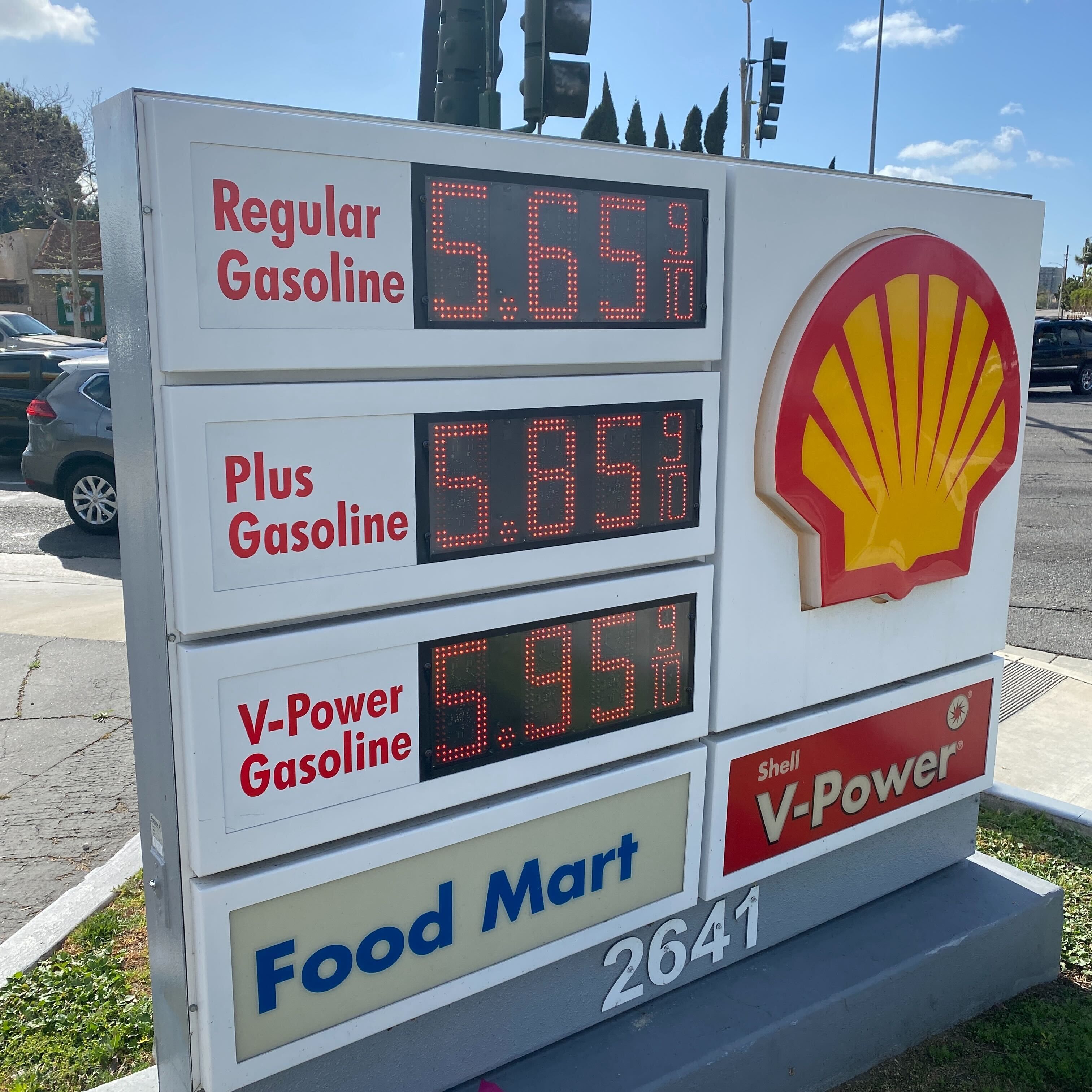Recognizing the Fluctuating Oil Price: A Comprehensive Guide
Recognizing the Fluctuating Oil Rate: A Comprehensive Guide is a beneficial resource for any individual looking for to get insights into the complicated globe of oil prices. In an era where oil markets are constantly progressing, it is crucial to comprehend the factors that drive cost changes.
Factors Impacting Oil Costs
When demand for oil surpasses supply, prices have a tendency to increase, whereas when supply exceeds demand, rates have a tendency to fall. Market speculation can additionally have a considerable effect on oil costs, as investors and traders attempt to predict future price activities based on different factors such as political occasions or changes in worldwide economic conditions.
Geopolitical variables likewise play a vital role in oil price variations. Political occasions such as disputes, wars, and assents can interrupt oil supply from significant creating countries, causing rate volatility. Moreover, geopolitical stress in key oil-producing areas, such as the Center East, can produce uncertainty and increase the risk premium on oil costs (cheap oil prices long island).
Ecological aspects, especially plans associated with climate change and energy change, are increasingly influencing oil prices. Actions targeted at decreasing greenhouse gas emissions and advertising sustainable power resources can lower the demand for oil, thereby putting descending stress on costs. In addition, environmental catastrophes or regulations can interrupt oil manufacturing and transportation, influencing rates in the short term.
International Supply and Need
The existing state of worldwide supply and demand for oil substantially influences its cost. Understanding the characteristics of supply and need is essential in understanding the fluctuations in oil rates. Worldwide supply describes the overall quantity of oil created by all countries, while international demand stands for the overall amount of oil taken in worldwide. Oil costs tend to lower as there is an excess of oil readily available in the market when supply exceeds demand. On the other hand, when demand exceeds supply, rates have a tendency to increase as a result of the deficiency of oil.
A number of elements influence worldwide supply and demand for oil. Economic growth is a major driver of oil demand, as boosted financial task leads to greater power consumption.

In current years, the COVID-19 pandemic has had a significant influence on global supply and need for oil. Lockdown actions and travel limitations have actually led to a decline in oil need, resulting in an excess in supply and a sharp decrease in oil prices. As the world begins to recover from the pandemic and economic task returns to, oil demand is expected to boost, possibly causing a surge in oil costs.
Geopolitical Occasions and Oil Costs
Geopolitical events play an essential function in forming the changing rates of oil. The worldwide oil market is highly conscious geopolitical stress, problems, and occasions that can interfere with the supply and need dynamics. Any type of political instability or dispute in major oil-producing regions has the possible to impact oil costs dramatically.
For example, when geopolitical tensions rise in the Middle East, which is a significant oil-producing region, it can bring about worries regarding supply interruptions. This can cause a rise in oil rates as investors and investors expect potential disturbances in oil production and transportation.
Similarly, political decisions and activities taken by major oil-producing countries can likewise influence oil rates. When OPEC (Organization of the Oil Exporting Countries) members agree to cut production, it can result in lowered supply and therefore greater oil costs. Conversely, when OPEC decides to raise manufacturing, it can result in a surplus out there and a succeeding his explanation decline in oil rates.
Moreover, geopolitical events in major oil-consuming countries can also affect oil rates. Economic and political growths in countries like China, the USA, and Europe can influence oil need, subsequently influencing costs.
Influence of Market Supposition
Continuing from the previous subtopic, the impact of market speculation on oil costs can not be underestimated. Market supposition refers to the procedure of investors and hop over to here investors making forecasts regarding future oil prices based on different variables such as supply and demand dynamics, geopolitical events, and economic indicators. These conjectures can have a considerable impact on the rate of oil in the short term.

In addition, market conjecture can affect oil rates by shaping market view. If speculators believe that oil prices will certainly increase, they may take part in acquiring activities, resulting in an increase in costs. On the other hand, if they expect a decrease in costs, they could market their positions, driving costs down.
Nonetheless, it is essential to keep in mind that while market conjecture can have temporary effects on oil prices, it is not the sole factor of long-lasting cost trends. Essential elements, such as modifications in supply and need fundamentals, ultimately drive the overall instructions of oil costs.
Understanding Rate Volatility
Market conjecture plays a crucial role in understanding the cost volatility of oil. Rate volatility refers to the considerable and rapid modifications in the price of a commodity, such as oil, over a brief duration. It is affected by various elements, consisting of supply and demand Our site characteristics, geopolitical stress, financial signs, and market sentiment. Nonetheless, market speculation adds an added layer of complexity to rate volatility.
Supposition occurs when investors and investors acquire or sell oil contracts based on their assumptions of future rate motions. When speculators expect a rise in oil prices, they purchase big amounts of oil contracts, driving up prices.
The influence of market conjecture on oil price volatility is a topic of continuous debate. Movie critics say that excessive supposition can bring about market distortions and rate bubbles, while others compete that speculators supply liquidity and enhance market performance. Enhancing and regulating speculative activities transparency in oil futures markets are procedures that policymakers have taken into consideration to alleviate extreme volatility.
Verdict
In conclusion, recognizing the rising and fall oil rate requires an evaluation of numerous elements. Worldwide supply and demand, geopolitical occasions, and market speculation all play significant duties in forming oil prices.
Understanding the Fluctuating Oil Rate: A Comprehensive Overview is a valuable source for any person looking for to obtain insights into the intricate globe of oil rates (cheap oil prices long island). When demand for oil exceeds supply, prices often tend to climb, whereas when supply exceeds demand, costs often tend to fall. When supply surpasses need, oil rates often tend to decrease as there is an extra of oil readily available in the market. Speculators can amplify cost movements by taking huge placements in oil futures agreements, which are agreements to market or purchase oil at an established cost in the future. When speculators expect a boost in oil costs, they get big quantities of oil contracts, driving up costs